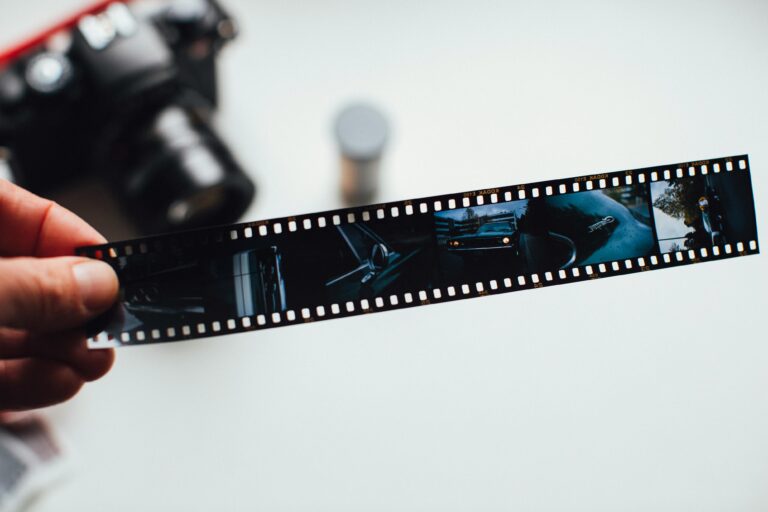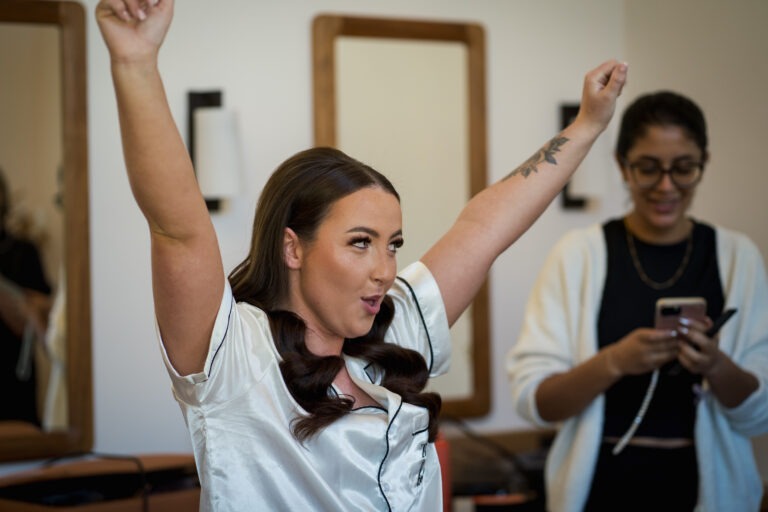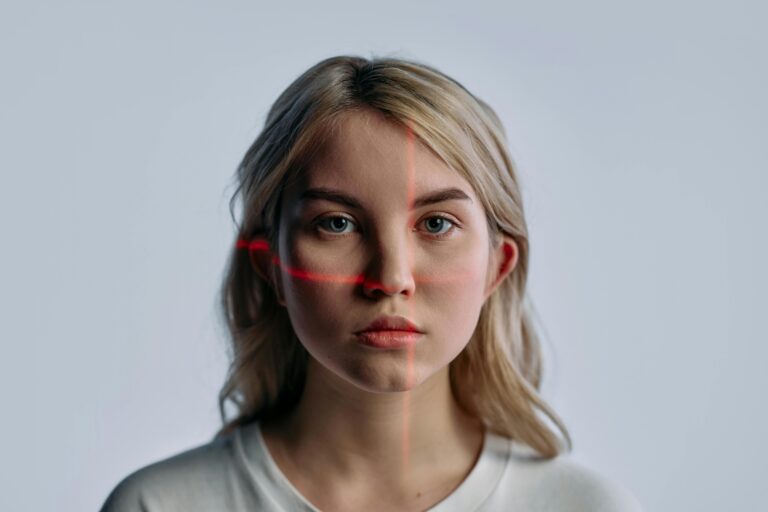Let’s be honest—having your portrait taken can be awkward. For many people, stepping in front of a camera feels as natural as trying to dance in wellies. They freeze up, their smile gets weird, and suddenly, they don’t know what to do with their hands. As a photographer, your job isn’t just to take great photos; it’s to make the experience enjoyable, stress-free, and (dare I say it?) fun.
A memorable portrait session isn’t just about lighting and composition—it’s about connection. If your client walks away feeling like a model for the day, they’re going to rave about you, recommend you to friends, and keep coming back. So, how do you turn a simple shoot into an experience they’ll never forget? Let’s dive in.
How to Engage and Make Clients Comfortable
First things first: people need to feel relaxed. You could have the best technical skills in the world, but if your client looks stiff and uncomfortable, it’ll show in the photos. One of the easiest ways to put them at ease is to ditch the awkward small talk. Instead of generic questions, get them talking about something they love. If they’re passionate about music, ask them what their go-to playlist is. If they’re a dog person, let them tell you about their four-legged best friend. The more they talk about things that make them happy, the more natural and comfortable they’ll become in front of the camera.
Matching their energy is another great way to help them relax. Some clients are naturally bubbly and energetic, while others are more reserved. If they’re quiet, there’s no need to be overly chatty—keep things light and calm. On the other hand, if they’re full of excitement, match their enthusiasm and make the shoot feel like a fun adventure rather than a formal session.
People often feel awkward when they don’t know what to do with their hands, their face, or their body in general. Instead of making them stand still and overthink every movement, give them something to do. Ask them to take a few steps, adjust their jacket, or twirl their hair. Simple movements create natural expressions and help them forget they’re being photographed.
Rather than giving stiff, technical instructions, keep your directions playful and conversational. Instead of saying, “Tilt your chin down,” try something like, “Imagine you’re peeking over your sunglasses at someone you fancy.” Instead of telling them to smile, ask them to think about the best joke they’ve heard recently. Keeping things light and fun makes a world of difference.
Personalised Experiences: Making Clients Feel Special
A portrait session should never feel one-size-fits-all. Every client is different, so taking the time to personalise their experience will make them feel special and valued. One way to do this is by having a pre-shoot chat or questionnaire to find out more about their style and preferences. Do they want something elegant and timeless or casual and fun? Are there any insecurities they want to avoid? Understanding their expectations allows you to create a session that suits them perfectly.
Choosing a meaningful location can add emotional depth to their photos. A favourite park, a beach they visited as a child, or even their cosy home can make their portraits feel more personal. Instead of a random backdrop, a place that resonates with them will give their photos a special significance.
Props can be a great way to personalise a session too. If your client is a musician, having them bring their instrument can add authenticity. If they’re a book lover, capturing them with their favourite novel can make the session feel uniquely them. It’s about making their photos more than just pretty pictures—it’s about telling their story.
Wardrobe choices play a big role in how confident clients feel. Instead of letting them stress over what to wear, offer some guidance. Suggest colour palettes that complement the setting, share a Pinterest board for inspiration, or even recommend styles based on the mood they want to capture. When they feel good in what they’re wearing, their confidence will shine through in the photos.
The Power of the Unexpected: Adding a Touch of Magic
Want to make your sessions unforgettable? Throw in a little unexpected magic. Clients expect to wait days or even weeks to see their photos, so imagine their delight if you send them a beautifully edited sneak peek within a few hours. That small gesture builds excitement and makes them feel valued.
Bringing music to the shoot can completely change the vibe. A quiet location can suddenly feel like a professional set with the right playlist. Ask your client for their favourite songs in advance and play them during the session. It’s a simple way to help them relax and bring energy to the shoot.
Acknowledging their personal wins can make the session even more meaningful. Maybe they booked a portrait session because they’ve just launched a business, reached a personal milestone, or simply wanted to celebrate themselves. Letting them know how great it is that they’re doing this for themselves adds an extra layer of positivity.
Creating a Lasting Impression
A great client experience doesn’t end when the shoot does. How you wrap up and follow up afterward leaves a lasting impression. Instead of a simple “We’re done!” at the end of the session, make sure they leave feeling great. Compliment something specific—maybe how naturally they posed, how their smile lit up the frame, or how effortlessly they brought their personality to the shoot.
Following up after the session is just as important. A quick thank-you message a day or two later, telling them how much you enjoyed working with them, can go a long way. If you offer prints, this is also a great time to mention their options. A small, unexpected extra—like a personalised thank-you note, a behind-the-scenes video, or a bonus print—can turn a happy client into a loyal one.
Conclusion: Turning Portrait Sessions into an Experience
At the end of the day, great photography isn’t just about the final images—it’s about how people feel during the session. If you can make your clients feel comfortable, special, and celebrated, they’ll not only love their photos, but they’ll also love the process of creating them. And when that happens? They’ll come back. They’ll tell their friends. And they’ll remember you—not just as their photographer, but as someone who gave them an experience worth talking about.
Keywords for SEO:
- How to make portrait sessions memorable
- Best ways to engage photography clients
- Client experience in portrait photography
- How to make clients comfortable during a photoshoot
- Photography tips for relaxed portraits
- Personalised portrait photography experience
- How to improve portrait photography sessions
- Making clients feel confident in front of the camera
- How to create a fun photoshoot experience
- Photography client communication tips
- Best portrait session techniques for photographers
- How to connect with clients during a photoshoot
- Tips for making photography sessions enjoyable
- Photography client experience strategies
- Building rapport with portrait clients
- Creating a personalised photography experience
- How to make photography clients feel special
- The importance of client experience in photography
- How to add value to a portrait session
- Portrait photography client satisfaction





